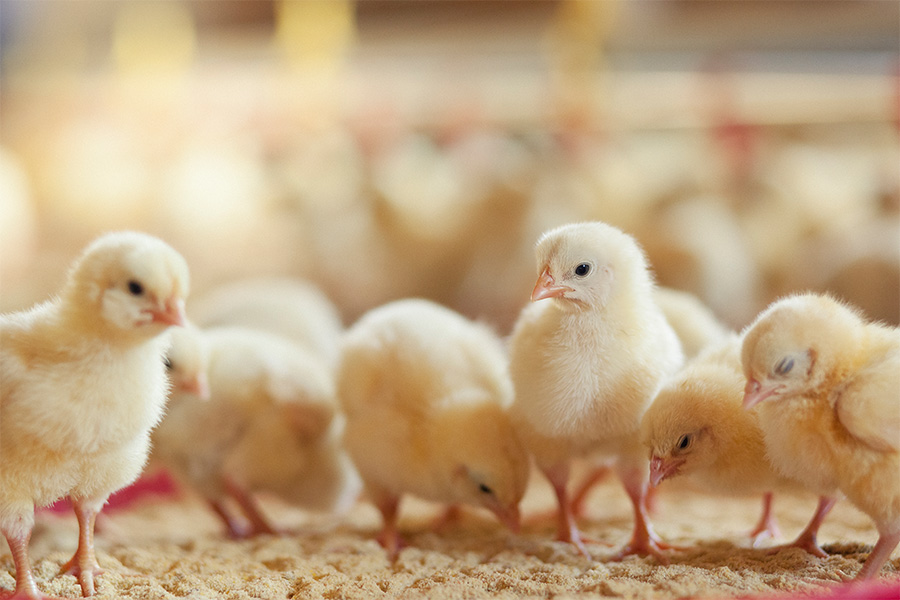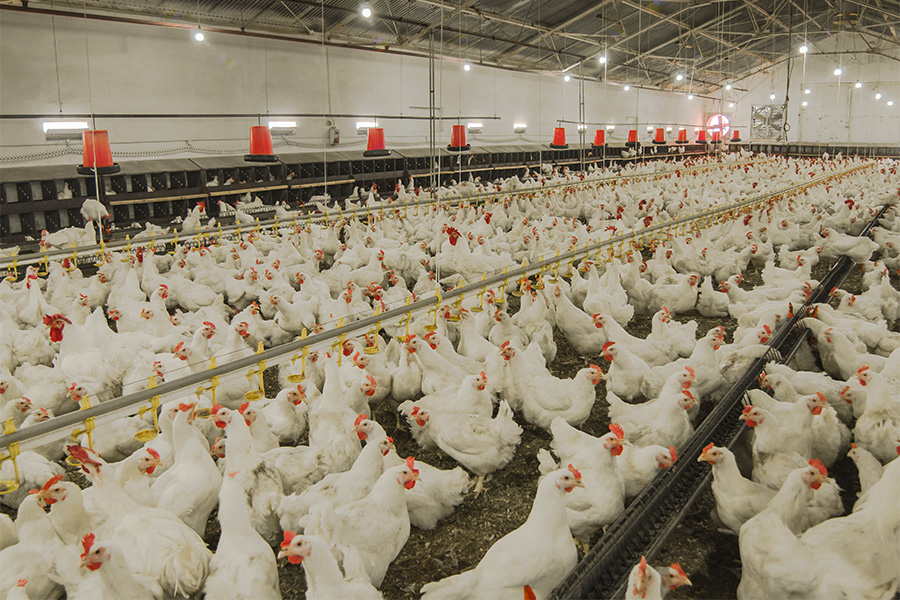Poultry Science
-

This publication describes Microsoft Excel workbooks designed to calculate the effects of dividing ingredients into above- and below-average portions (2-bin method) and the costs of providing nutrients at specified confidence levels.
Gene M. Pesti and Greg Colson
|
-

AP 133-1
Hurricane Helene Impact Report
We estimate that Hurricane Helene’s damages to Georgia agriculture and forestry will cost the state economy at least $5.5 billion in 2024 present value. This figure represents the sum of direct crop losses, losses to firms that support agriculture and forestry, losses to workers in those and related industries, and the recovery and restoration costs that firms in these industries will face. The Georgia Forestry Commission is a collaborator with UGA on this publication.
Timothy Coolong, J.Michael Moore, Jake Price, Lenny Wells, Casey W. Ritz, Wade B. Parker, Jillian Bohlen, Lawton Stewart, Greg Colson, Walter Scott Monfort, Todd Applegate, Mary Sutton, Michael Adjemian, Camp Hand, Ted McAvoy, Zilfina Rubio Ames, and Ping Yu
|
-

Producing more than 8 billion pounds of chicken meat requires the support of hatching egg producers. Hatching egg production is a very different business from broiler meat production, as it requires different management skills and greater labor commitments. Because of the uniqueness of the hatching egg business and the long-term investment demands for an operator, it is important that prospective producers understand the managerial and financial requirements before committing to this enterprise. The information in this publication should help those considering hatching egg production as a new enterprise.
Casey W. Ritz
|
-

This publication provides current information about the appropriate application and most effective use of poultry fertilizer. It will also help poultry producers develop a simple nutrient management plan that meets permitting authority standards.
Casey W. Ritz
|
-

Quality of chicks, feed and water are all of great concern to broiler producers, but quality of litter in broiler houses is seldom given sufficient emphasis. This is unfortunate because birds are in continuous contact with litter. Litter conditions significantly influence broiler performance and, ultimately, the profits of growers and integrators. Litter is defined as the combination of bedding material, excreta, feathers, wasted feed and wasted water.
Michael P. Lacy, Casey W. Ritz, and Brian D. Fairchild
|
-

Conflict prevention measures can be both tangible and intangible in nature. Communication skills and disseminating information may be as important as minimizing odors or pests through improved management practices. The following are practices and suggestions that can help poultry farmers maintain or improve neighbor relations. Proper manure handling practices are foremost points to consider in avoiding potential nuisance complaints or court action.
Casey W. Ritz
|
-

This publication provides factual information about three common myths of poultry farming: that poultry farms will ruin the environment, that they smell, and that the air exhausted from poultry houses will damage property and cause health concerns.
Casey W. Ritz
|
-

High levels of dust in cage-free poultry house air can carry airborne microorganisms and endotoxins that, once inhaled, may trigger respiratory diseases in animals and/or their caretakers. Mitigating dust levels is imperative to protecting the health and well-being of the animals and their caretakers and improving the environmental stewardship of cage-free layer farms. Studies have concluded that good manure management and proper ventilation can alleviate dust problems. Mitigation strategies have various levels of effectiveness, but some are cost prohibitive. Selecting the right dust control strategy should consider poultry types, housing design, local climate, and litter/bedding management strategies.
Casey W. Ritz and Lilong Chai
|
-

Poultry production facilities must deal with the disposal of farm mortalities on a daily basis. Death loss in animal production is an unfortunate reality that requires appropriate handling to prevent the spread of disease, the potential for odor and pest problems, and the possible contamination of surface and ground water. Each disposal method has advantages and disadvantages. Regardless of the method used, Georgia law requires disposal of dead poultry within 24 hours of death or discovery.
Casey W. Ritz
|